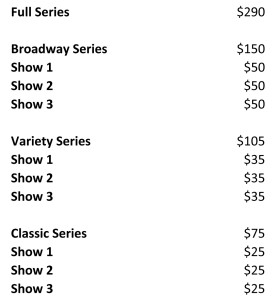I have only been at work for three months, but already they have me on a search committee. When we were meeting to talk about interview questions before human resources gave us the application packets, I took advantage of the opportunity of working with a new group of people to take a quick poll about a pet peeve of mine that I have referenced before– the resume objective statement.
Like me the other people on the committee found it really unhelpful, thought it often felt stilted and unnatural on an already heavily formalized document, were uninteresting, unhelpful to the process and took up too much room on a document that was supposed to be limited to one page.
And this was from people in a cross section of areas from graphic design, finance, athletics and accounting.
I have come to the conclusion that all those guides that tell you to include objective statements on your resume are doing so at the behest of big corporations who use software to screen applicants based on key phrases in the resume. I suspect there are a lot of employers that don’t find the format really enhances their impression of applicants.
In the arts, a little divergence from the standard suggested format can definitely be an asset.
A long time friend recently asked me to look at his resume and it occurred to me that like so many things that involve selling a product, service or idea, it is the story you tell about yourself that really matters.
Because what you will emphasize differs from employer to employer, I generally provide that narrative in my cover letter and leave my resume to provide the supporting details. Often those details need to be tweaked a bit, but the big variation in applications is in the cover letter based on the job requirements and information about the organization my research has turned up.
Still it is important that your resume be able to tell your story on a stand alone basis. A person should get an idea about what things ignite your passion while they determine how accomplished and suitable you are for the position based on your work history.
What sort of frustrates me as a person working in the arts is that the process I often need to follow suppresses the usefulness of 95% of the expressive tools available these days. You often have the option of submitting materials by email now, but the distribution to search and audition committees is generally by printed hard copies which eliminates the usefulness of links to videos and other materials.
From my own recent searches, I know that committee members will definitely check out blogs and webpages. I would see a surge in visits on Google Analytics and have a sense that I would get a call days, and sometimes weeks, before it was made. It is more difficult for a committee member to accurately type in the URL for a YouTube video.
Sure you can set up a webpage with appropriate links and direct people there. But it is much more organic to be able to cite a project and immediately provide a link to it.
It is also difficult to set up a custom website with an easy to enter URL for every job application you send out. You don’t want to apply to a Children’s Theatre and send them to a site that includes so many links to other types of projects that the employer gets the impression your passion really lies elsewhere.
I am vaguely aware that visual arts organizations make more direct use of digital portfolio review in hiring. I wondered if anyone in the performing arts was conducting their searches in a way that really took advantage of all the available technological opportunities.
Likewise, I wondered if anyone that had recently applied for a job had managed to leverage technology to their benefit as part of their initial application.
One option that just occurred to me would be to create a personal URL for each job search so that each employer only saw the materials you wanted them to see.
